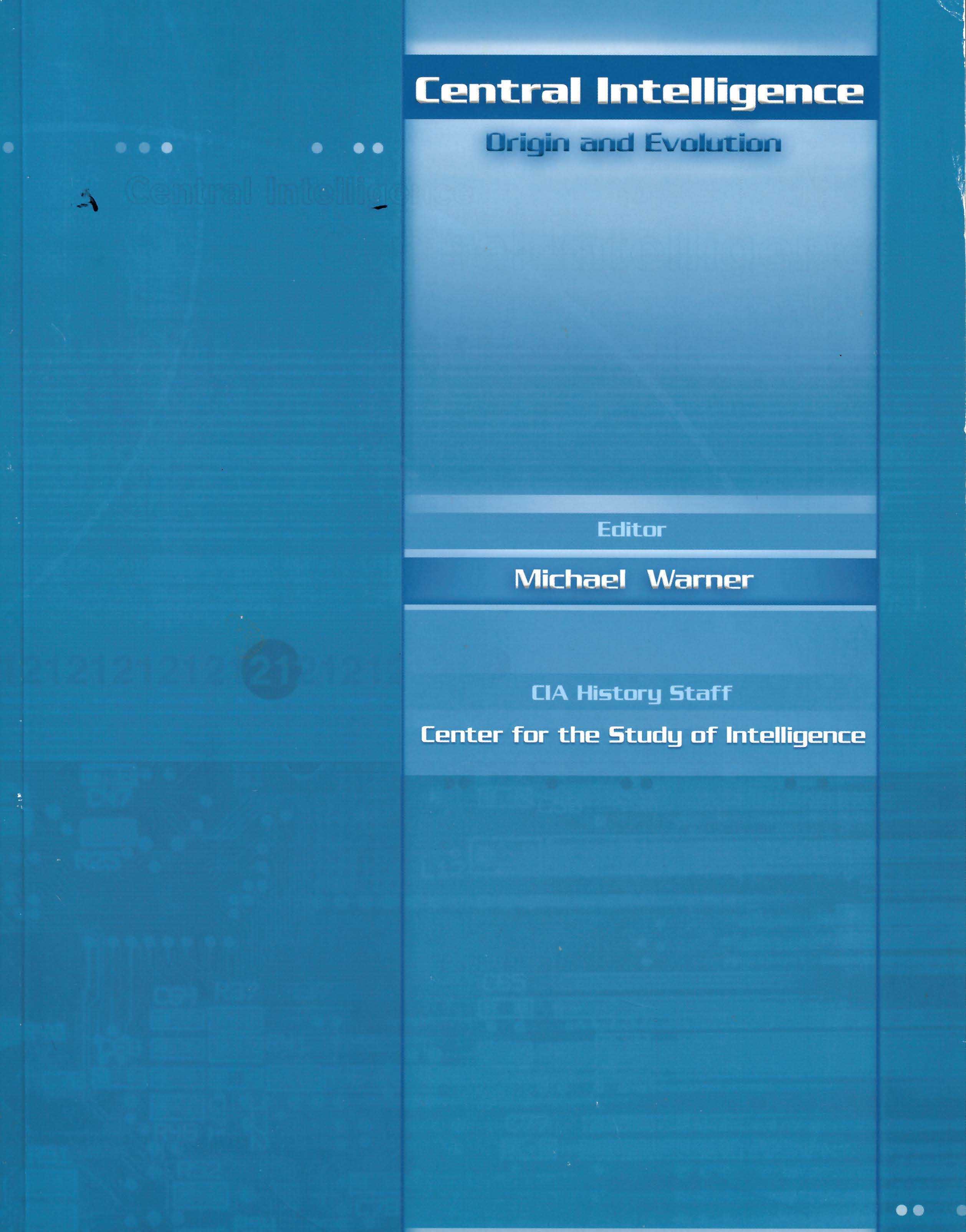Foreword
In May 2001, President George W. Bush directed that the Director of Central Intelligence commission the first in-depth study of the nation’s Intelligence Community in three decades. The panels appointed by DCI George Tenet will soon provide him, and the President, with their findings about the shape of the changing international order and the ability of the Intelligence Community to respond to the national security challenges and opportunities of the 21st Century.
After the panels present their findings, the Central Intelligence Agency’s Center for the Study of Intelligence, in conjunction with the Institute for the Study of Diplomacy at Georgetown University, intends to sponsor a conference to examine the transition required of the Intelligence Community. Panelists and attendees will strive to gain a clearer idea of what in our new era constitutes “intelligence” to policymakers, diplomats, commanders, and law enforcement officials. Conferees will also examine the ways in which the components of the Intelligence Community have adapted since the Cold War and the areas where change is still needed.
What is the future of “central” intelligence? The creators of the CIA in Congress and the White House believed that the reforms accomplished by the National Security Act of 1947 would minimize problems that had lulled the nation’s vigilance before Pearl Harbor. The centralization implied in the Truman administration’s directives and the National Security Act never fully occurred, however, mainly because of the limits on DCI powers codified in that very Act.
As the Cold War recedes into the past and a new world order emerges, it is important to understand why intelligence was centralized in the form it was, and to explore differing views about its future. The assault on New York’s World Trade Center towers and the Pentagon in Washington bring this question into very sharp focus.
Michael Warner of the CIA History Staff in the Center for the Study of Intelligence has compiled a set of key declassified laws, executive orders, NSCIDs, DCIDs, and policy documents guiding the role and growth of the central intelligence function from 1945 to 2000. As a member of the staff that assisted in the preparation of the NSPD-5 report, Dr. Warner observed at close hand the ways in which the assumptions and charters of the Intelligence Community have endured over the decades and the fates of various attempts to modify them.
His introduction to this volume informed the work of the NSPD-5 staff, and I commend it to students of the Intelligence Community for its scope and its insight.
—Admiral David E. Jeremiah,
United States Navy (Retired)
September 2001
Note to Reader
Following are links to the complete book, the introductory material, and documents over five periods since 1946.
Download PDF of complete book, including introduction and 19 documents (168 pages)
Download PDF of Table of Contents and Historical Perspective (24 pages)
Download PDF of Documents 1–5 (January 1946–July 1949) (22 pages)
Download PDF of Documents 6–10 (January 1950–September 1958) (20 pages)
Download PDF of Documents 11–13 (January 1961–March 1964) (14 pages)
Download PDF of Documents 14–17 (November 1971–January 1978) (52 pages)
Download PDF of Documents 18 and 19 (December 1981 and November 1998) (33 pages)
